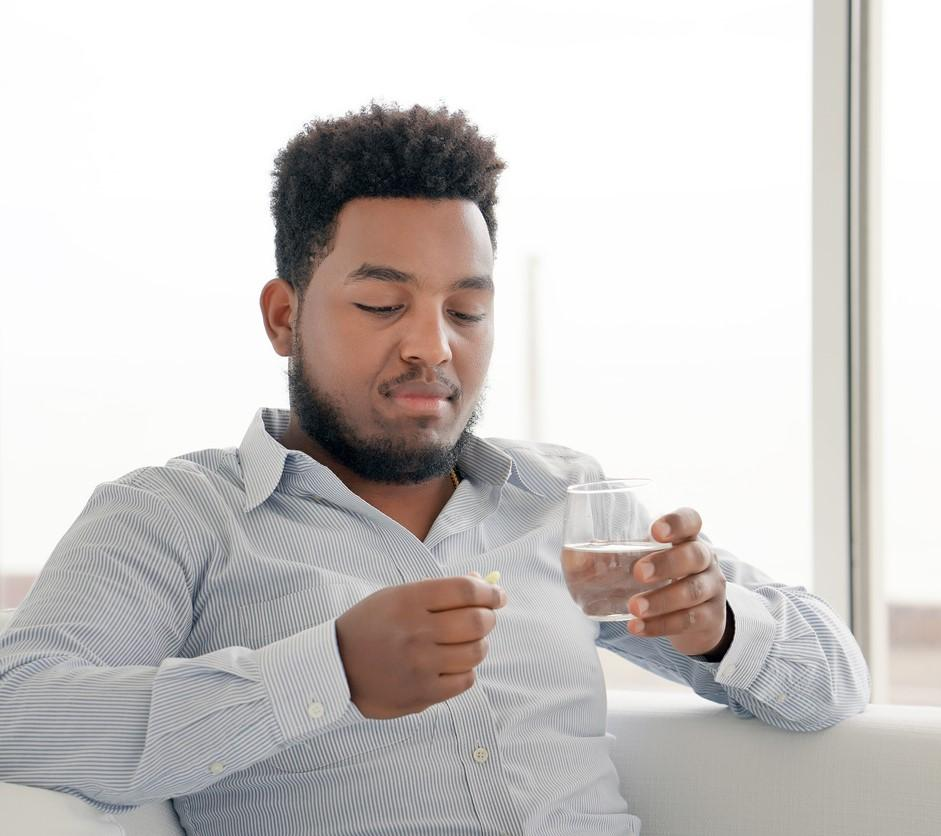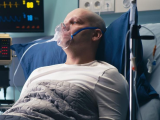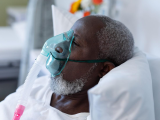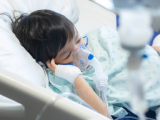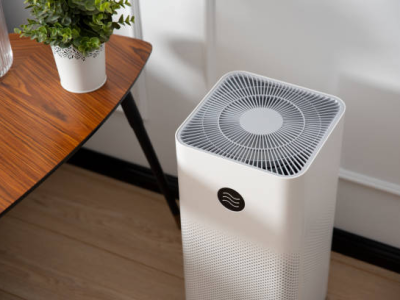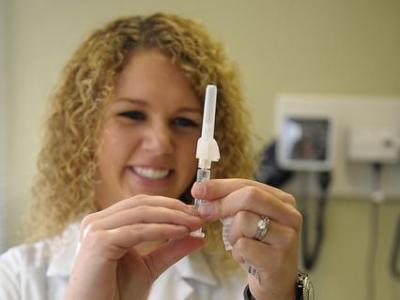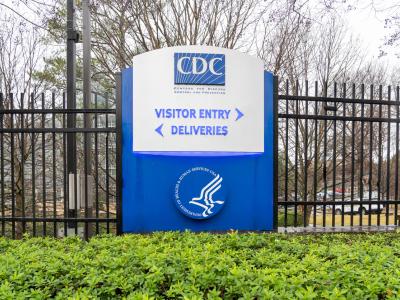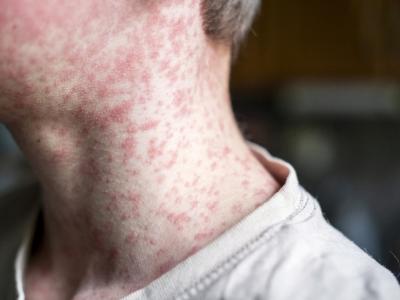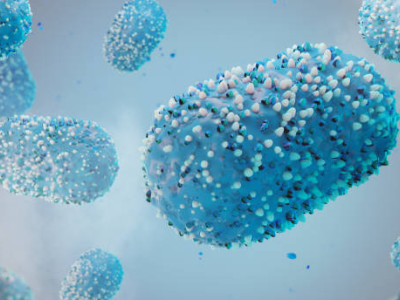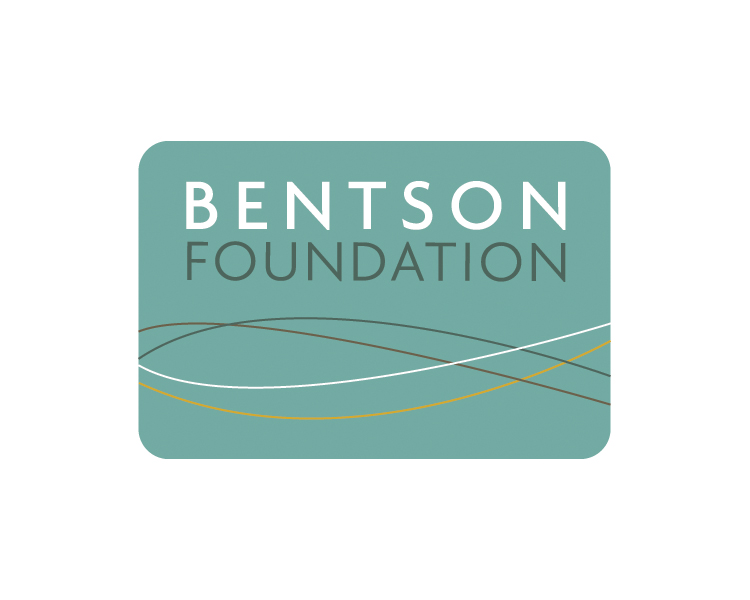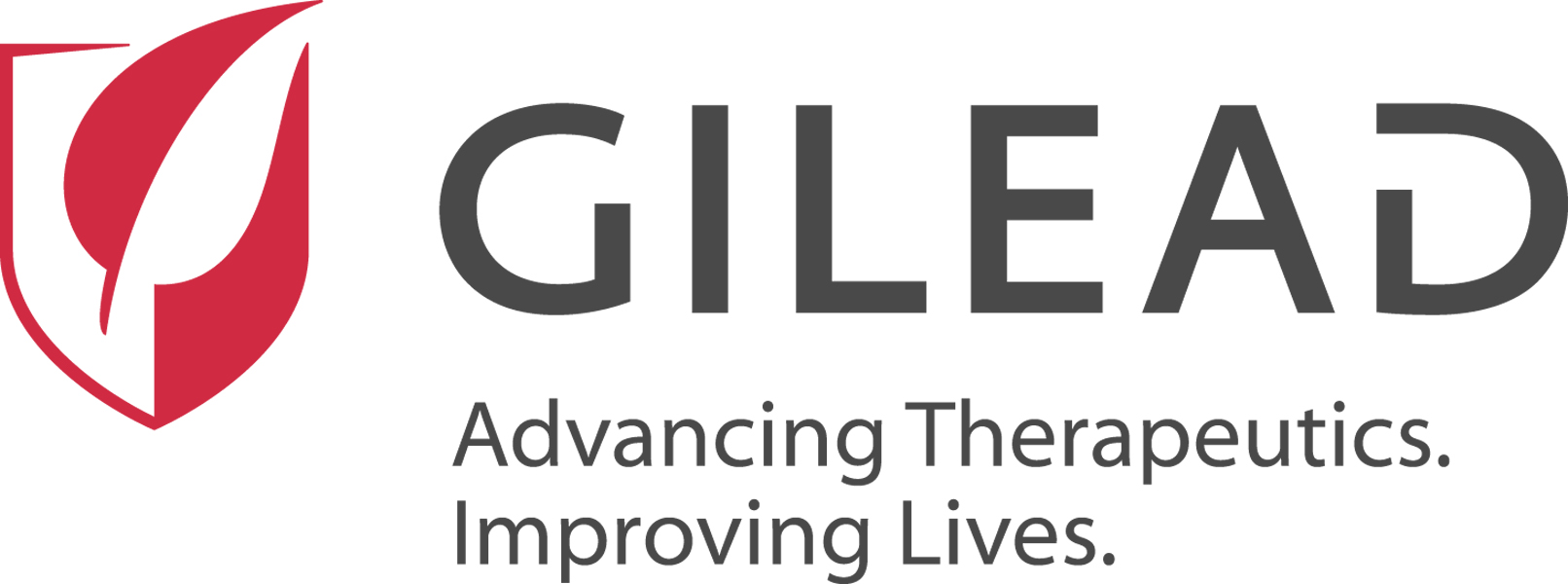A phase 2 randomized controlled trial published in Clinical Infectious Diseases finds that retreatment with the antiviral combination nirmatrelvir/ritonavir (Paxlovid) after COVID-19 symptom rebound is safe and linked to a faster decline in viral RNA levels. But there was no clear clinical benefit because rebound was mild, short-lived, and didn't lead to severe illness.
First study of drug clinical benefit
The double-blind trial compared the effectiveness and safety of a second 5-day course of Paxlovid (292 participants) with those of placebo/ritonavir (144) in participants with mild to moderate COVID-19 and a positive rapid antigen test (RAT) within 14 days of the initial Paxlovid treatment.
The team tested participant nasal swabs at baseline and on days 3, 5, 10, 15, 21, 28, and 34 for SARS-CoV 2 RNA using quantitative reverse transcription polymerase chain reaction (qRT-PCR) and conducted whole-genome sequencing, genotyping, and viral-infectivity testing on swabs meeting a certain viral RNA threshold.
Participants were aged 12 years and up (median age, 55 years) and had at least one chronic condition that put them at risk for severe COVID-19. A total of 80.5% of participants were vaccinated, with 59.9% of all participants receiving their last dose at least 6 months before random assignment. The primary efficacy endpoint was the change in viral SARS-CoV-2 RNA level from baseline to day 5, and participants were followed for up to 24 weeks.
Symptomatic or viral rebound is estimated to occur in 0.8% to 32% of Paxlovid recipients and 1.1% to 31% of those who receive placebo or no treatment, noted the study authors, who were current or former employees of Paxlovid maker Pfizer.
"Rebound of COVID-19 is defined as return of symptoms and/or viral positivity after resolution of the initial infection," they wrote. "While rebound is typically mildly symptomatic and rarely associated with progression to severe disease, the benefit of repeated antiviral treatment has not been investigated."
No COVID-related hospitalizations or deaths
A second 5-day course of Paxlovid resulted in a significant reduction in viral RNA levels on day 5 compared with placebo/ritonavir. The median time to two consecutive negative RAT results was 4 versus 5 days, and the median time to sustained resolution of all targeted signs and symptoms was 8 versus 9 days in the Paxlovid and placebo/ritonavir groups, respectively, but the results weren't statistically significant. The hazard ratio for Paxlovid versus placebo/ritonavir treatment was 1.24.
In this study, there was no clear benefit of retreatment because rebound was transient, mild, and did not lead to severe COVID-19.
Viral RNA rebound through day 34 was observed in 9 of 217 (4.2%) of Paxlovid recipients and 2 of 113 (1.8%) in the placebo group.
Among all participants who were positive by viral recovery at baseline, 49 (87.5%) in the Paxlovid group and 21 (84.0%) of placebo/ritonavir recipients tested negative by day 3; all participants tested negative on days 5 through 34. None of the 11 participants who had viral rebound through day 34 tested positive for infectivity after treatment ended.
COVID-related symptom scores were similar in the two treatment groups at baseline, with a numerically faster decline in symptom scores in the first 7 days of treatment in Paxlovid recipients than in those receiving placebo/ritonavir. After day 7, symptom scores were similar between the treatment groups.
A total of 77 participants (26.6%) in the Paxlovid group reported mostly mild or moderate treatment-emergent adverse events, as did 30 (20.8%) in the placebo/ritonavir group. Paxlovid retreatment was well tolerated, and no participants were hospitalized for or died of COVID-19.
"In this study, there was no clear benefit of retreatment because rebound was transient, mild, and did not lead to severe COVID-19," the researchers concluded. "Further studies are needed to identify patient groups that could benefit from repeated treatment for COVID-19 after symptom and/or viral RNA rebound."
